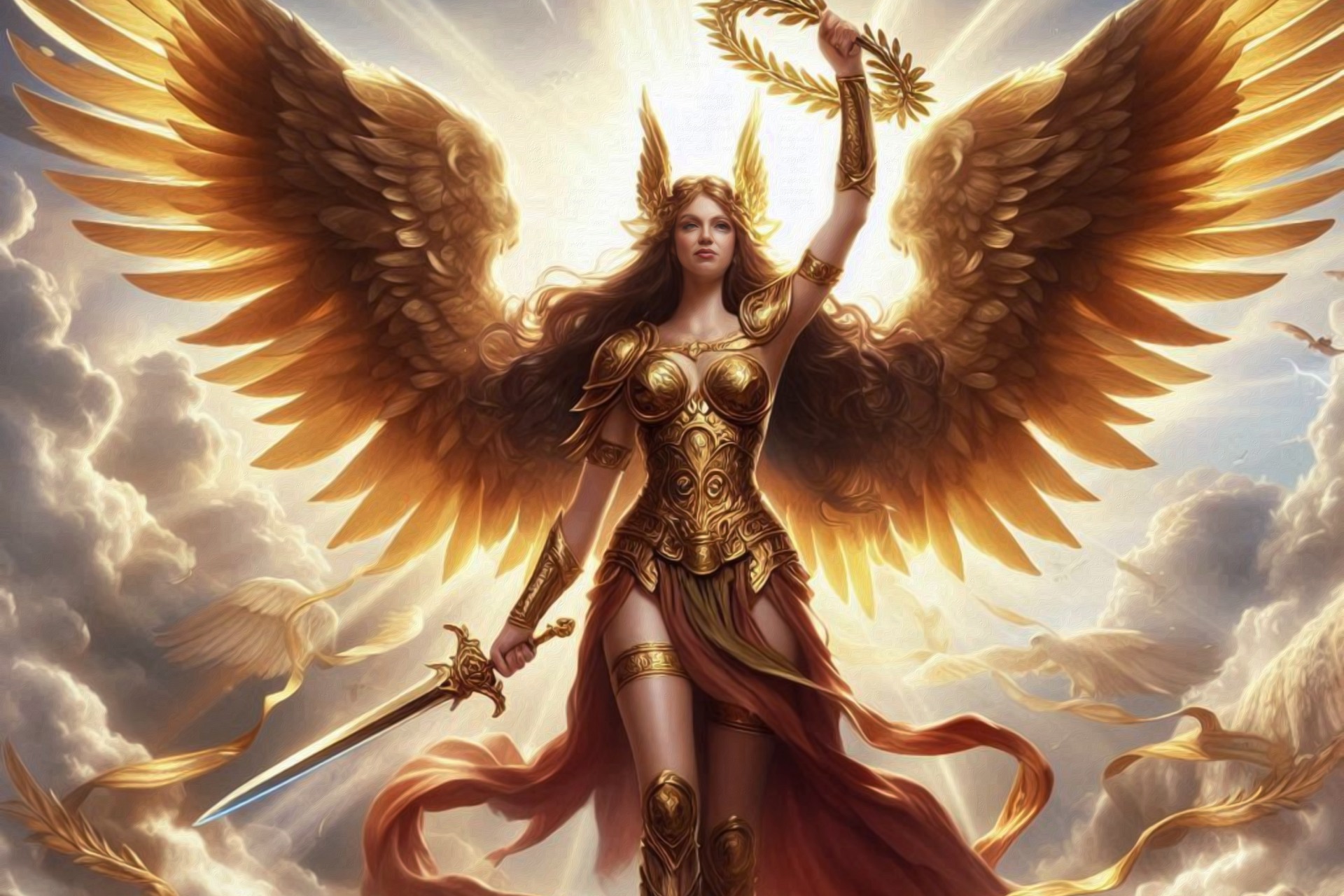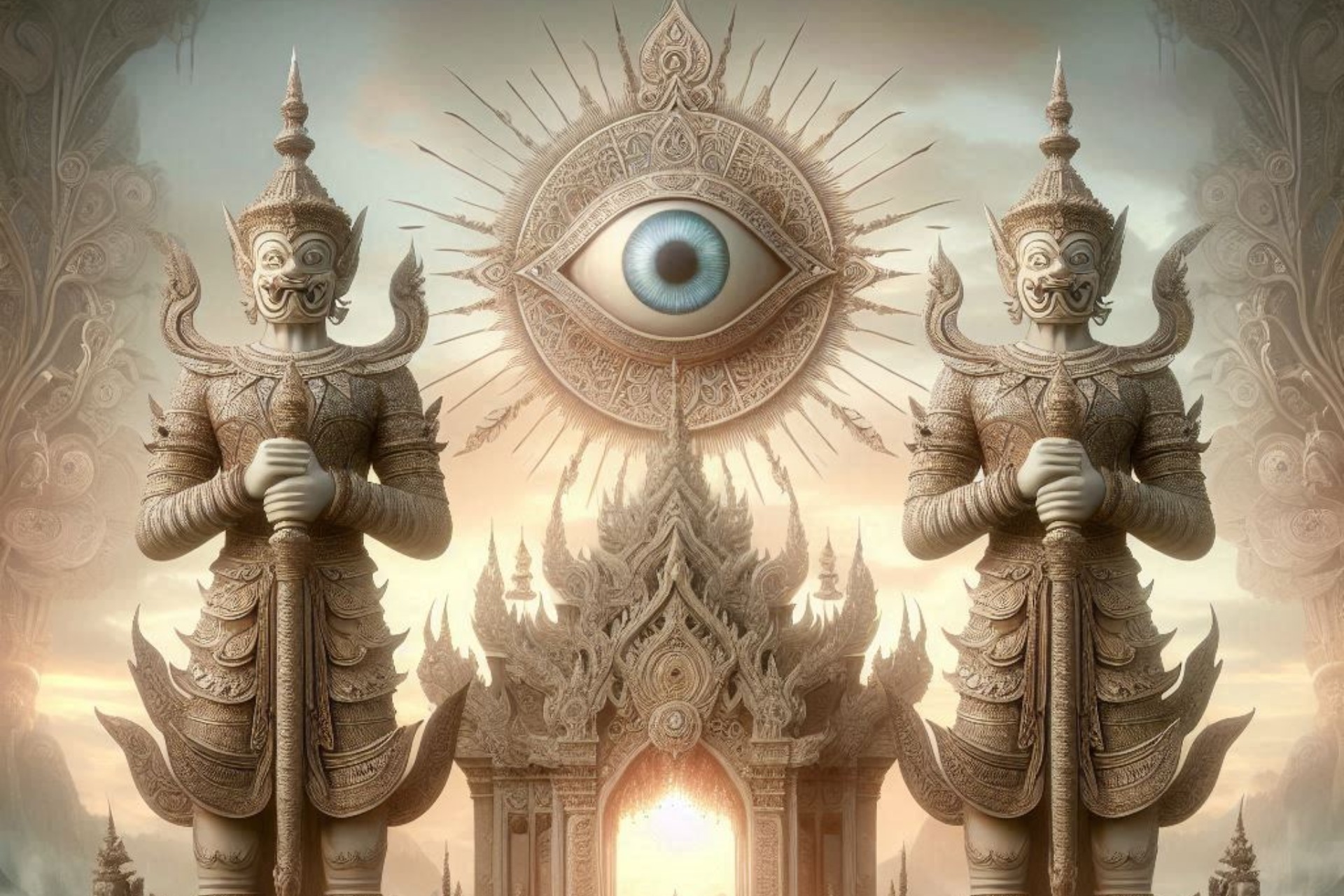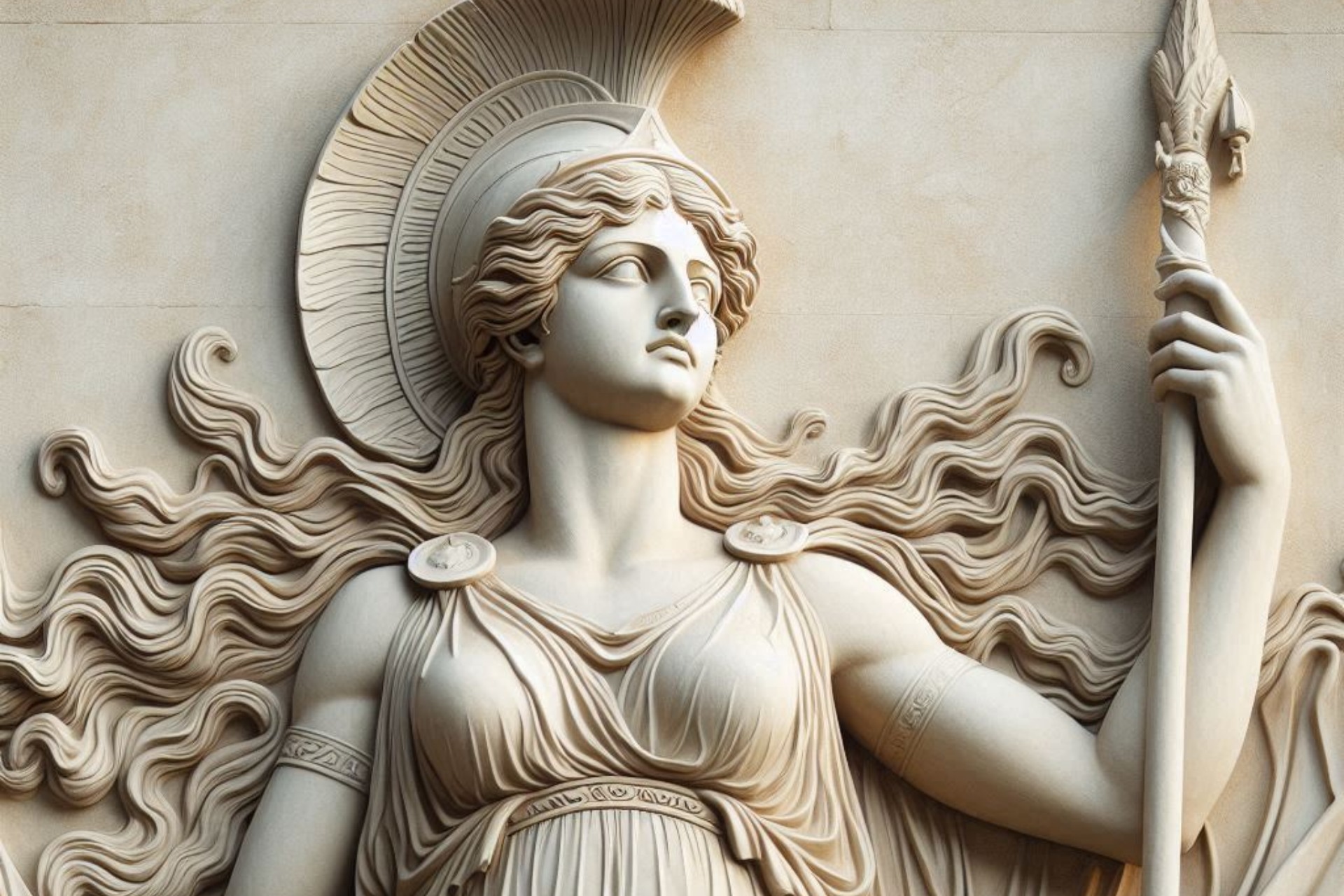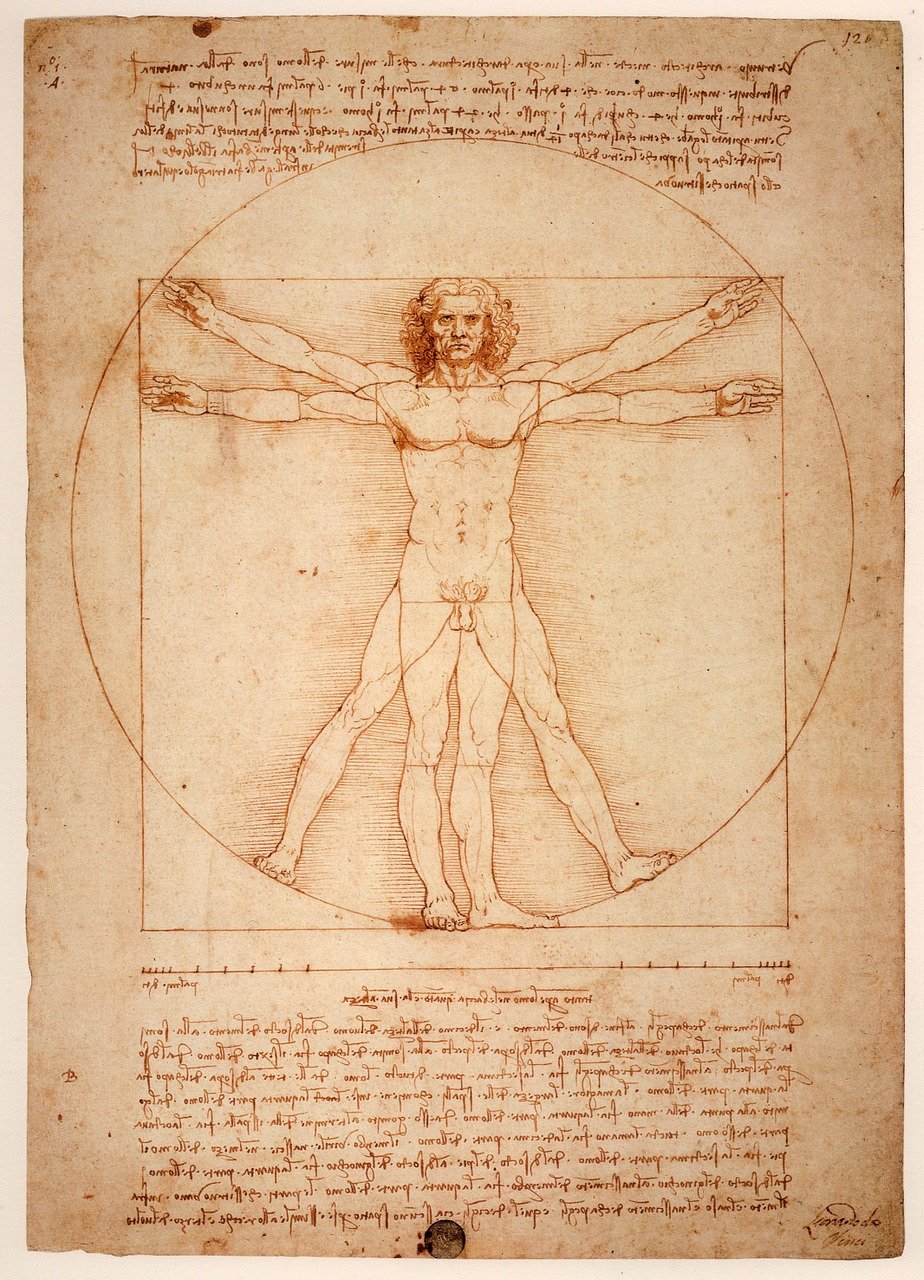The Power of NFTs:
In the ever-evolving landscape of digital art, the emergence of Non-Fungible Tokens (NFTs) has revolutionized the way we think about ownership, authenticity, and trust. NFTs provide a unique solution to the long-standing issues of counterfeiting and unauthorized reproductions in the digital realm, offering a secure and verifiable means of ensuring that artworks are original and legitimate. But what exactly makes NFTs so powerful, and how do they establish this newfound trust between artists and collectors?
Immutable and Unique Artworks
At the heart of every NFT is its ability to represent a unique digital item. Unlike traditional cryptocurrencies such as Bitcoin or Ethereum, which are fungible and interchangeable, NFTs are one-of-a-kind. Each NFT is linked to a specific digital artwork, ensuring that no two tokens are alike. This uniqueness is crucial for collectors, as it guarantees that they are acquiring something truly original and not just another copy.
NFTs achieve this uniqueness through the use of blockchain technology. When an artist creates an NFT, a digital certificate is generated that is permanently recorded on the blockchain. This certificate acts as a digital fingerprint, providing an unalterable record of the artwork’s creation, ownership history, and provenance. Because the blockchain is decentralized and transparent, this record cannot be altered, ensuring the authenticity of the NFT.
Verification of Authenticity and Provenance
One of the most significant advantages of NFTs is their ability to verify the authenticity and provenance of digital art. In the traditional art world, provenance – the history of ownership of a piece – is a critical factor in determining the value and authenticity of an artwork. However, establishing provenance can be a complex and often opaque process, especially when dealing with digital art, where copies can be easily made and distributed.
NFTs solve this problem by providing a transparent and immutable record of an artwork’s history. Every transaction involving the NFT, from its creation to its sale and resale, is recorded on the blockchain. This means that buyers and collectors can trace the entire history of the artwork, from the moment it was minted as an NFT to the present day. This level of transparency eliminates any doubts about the authenticity of the piece, as the blockchain provides indisputable proof of its originality.
Building Trust Between Artists and Collectors
The ability of NFTs to verify authenticity and provenance has far-reaching implications for the relationship between artists and collectors. In the digital age, where counterfeit and unauthorized reproductions are rampant, artists often struggle to protect their work and ensure that they receive proper recognition and compensation. Collectors, on the other hand, may be wary of investing in digital art due to concerns about authenticity and value.
NFTs bridge this gap by providing a secure and transparent system that benefits both parties. For artists, NFTs offer a way to prove ownership of their work and establish its originality, making it easier to protect their intellectual property. This not only enhances the value of their creations but also ensures that they are fairly compensated for their efforts.
For collectors, NFTs provide the assurance that they are acquiring authentic, one-of-a-kind artworks with a verifiable history. This reduces the risk of purchasing counterfeit items and increases confidence in the value of their investment. The trust established through NFTs creates a more vibrant and sustainable market for digital art, where artists and collectors can interact with confidence.
Conclusion
NFTs have ushered in a new era for digital art, where authenticity and trust are paramount. By providing immutable and unique digital certificates, NFTs ensure that artworks are original and verifiable, eliminating concerns related to counterfeiting and unauthorized reproductions. This technology not only empowers artists to protect their creations but also builds trust between them and collectors, paving the way for a more secure and transparent digital art market.
As the world of digital art continues to grow and evolve, NFTs will undoubtedly play a central role in shaping its future, offering a powerful tool for preserving the integrity and value of artistic creations in the digital age.







